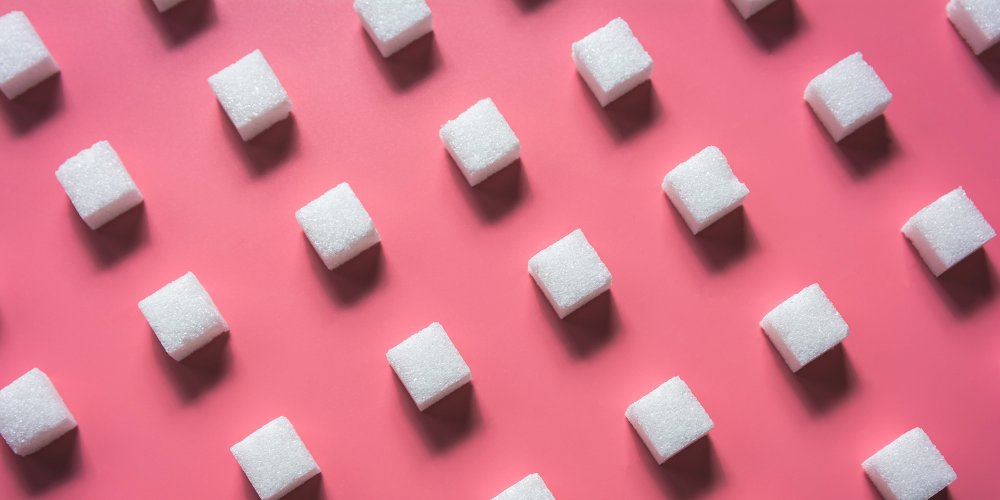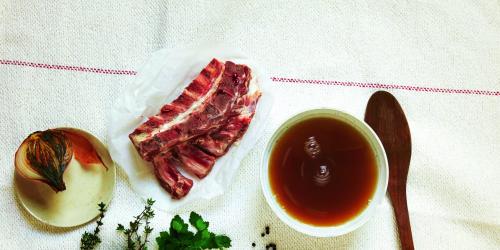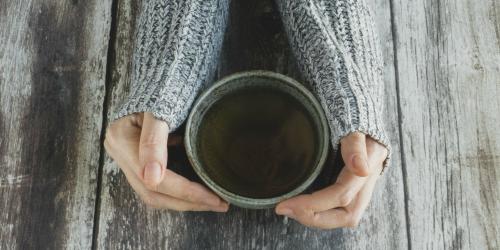"If our ancestors consumed about 2kg of sugar per person per year 200-300 years ago, today, an average Westerner consumes 46kg of sugar a year," reads in the book "Raclette and Broccoli: the practical guide to ending diets and guilt ", published by First Editions.
Practically considered a "drug", sugar is today the number 1 public enemy of our cuisine. Diabetes , cardiovascular diseases, caries, obesity , soda ... The list of its harmful effects on health continues to grow while our propensity to throw on the products that are drunk increases. Problem: it is everywhere today and most often ... hidden! This is what Damon Gameau tends to demonstrate in his documentary "Sugarland" released Wednesday, January 24, pointing in particular its omnipresence in our most common consumer products.
The solution ? Limit the damage by turning to "good sugars" (to consume with moderation all the same), natural alternatives considered healthier.
What alternatives to sugar?
- The rapadura
What's this ? Dried and filtered cane juice that is neither processed nor refined.
Its benefits: it is rich in minerals, vitamins (B3, B5, B6, B9) and amino acids .
How are we using it? It is incorporated in the preparation of our pastries, or it is sprinkled on yogurt, coffee, fruit ...
- Maple syrup
What's this ? It is the concentrated sap of maple, a tree found mainly in Canadian forests.
Its benefits: it contains antioxidants , vitamins, calcium and magnesium.
How are we using it? It is a liquid sugar, so it can be "poured" on pancakes, pancakes or waffles. Otherwise, it is perfect for sweetening a cottage cheese.
- Coconut sugar
What's this ? It comes from the sap of coconut flowers.
Its benefits: its strong point is its low glycemic index (35). It is also very rich in antioxidants, minerals and amino acids.
How are we using it? Just like powdered white sugar, it is used to make cakes or sprinkle yogurts and other pancakes.
- Honey
What's this ? A natural sugar made by bees.
Its benefits: rich in trace elements, it has a sweetening power superior to that of sugar. But be careful, to enjoy all the health properties of honey , it is avoided to heat!
How are we using it? We can include it in all our recipes, add it to our drinks or mix it with our yogurt.
- stevia
What's this ? This natural licorice sweetener is extracted from a South American plant that looks like a nettle.
Its benefits: its sweetening power is 300 times more intense than sucrose and it provides no calories.
How are we using it? It is poured into her tea or an infusion .
And the agave syrup?
The one who has been investing in supermarket shelves for a few years is actually not as good a substitute as it seems. In fact, agave is nothing other than a product transformed from tequila manufacturing waste. It is then boiled at high temperature to extract the syrup. Rich in fructose, a sugar that stimulates the appetite by inhibiting the hormone of satiety and is transformed more quickly into reserve fat , it does not really have any nutritional interest.
Source: "Raclette and Broccoli", Anne-Claire Meret and Germain Pilon (Éditions First), 144 pages, € 12.95.



